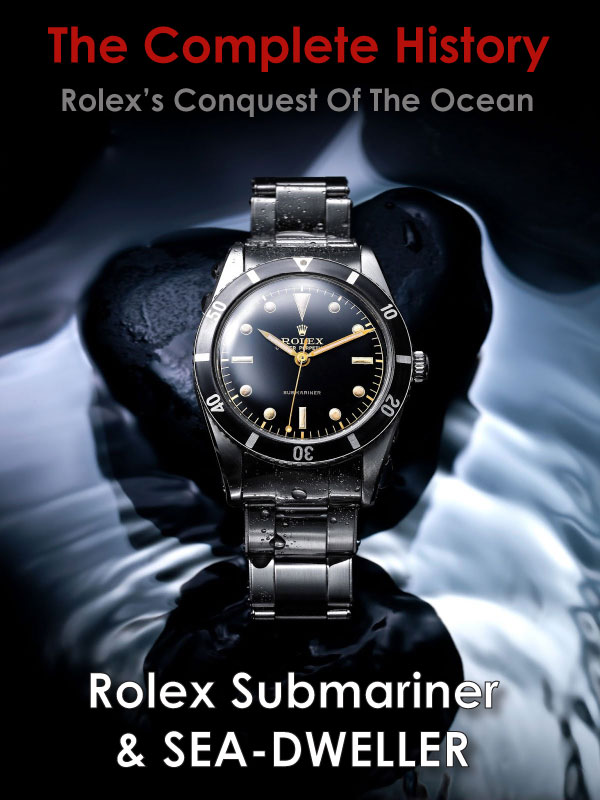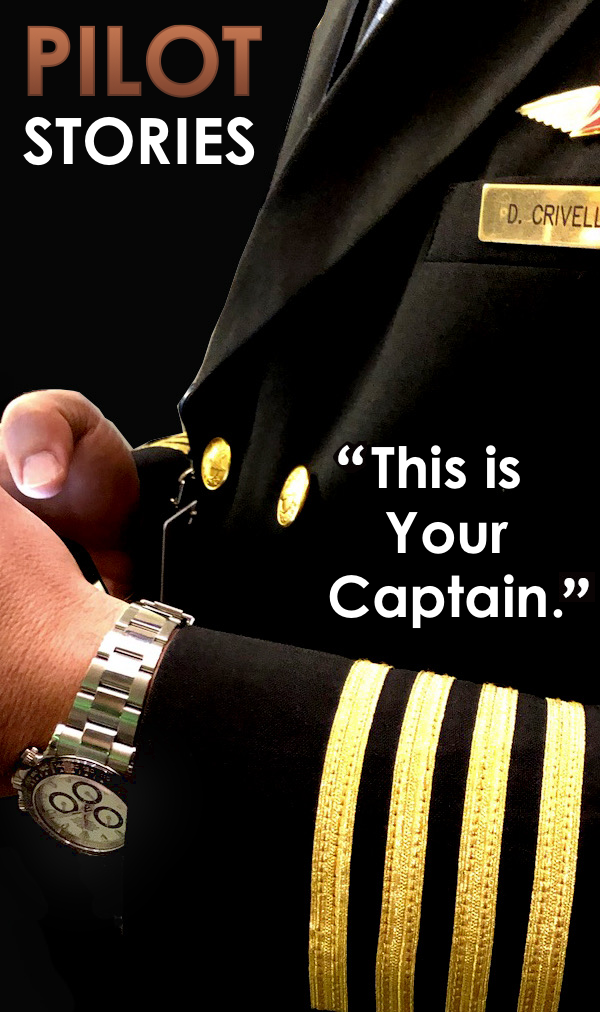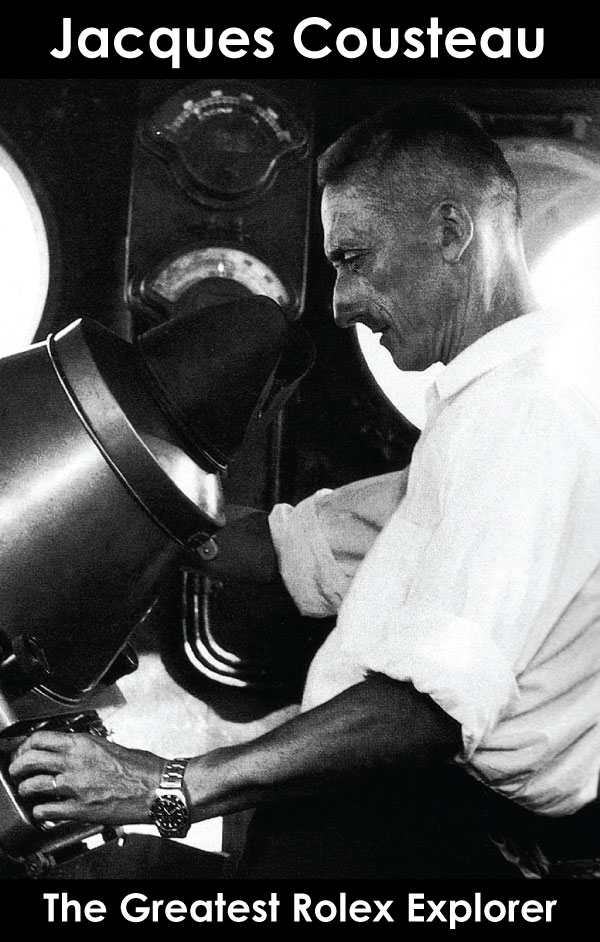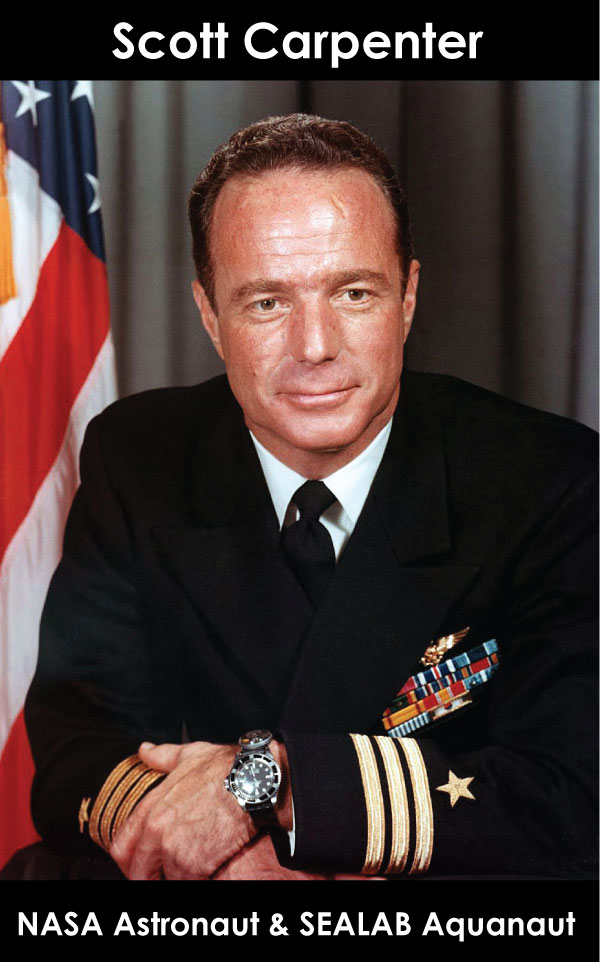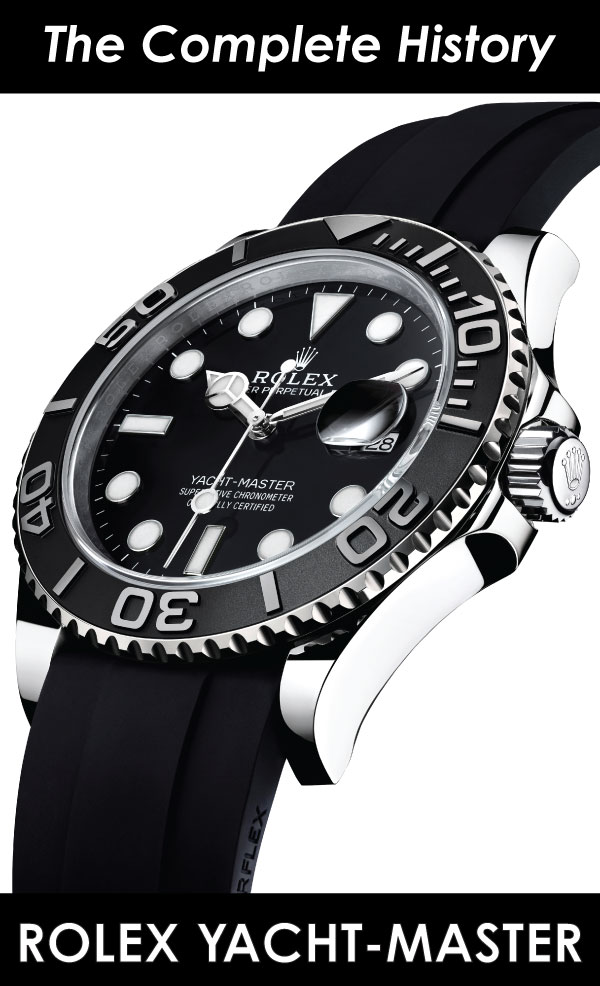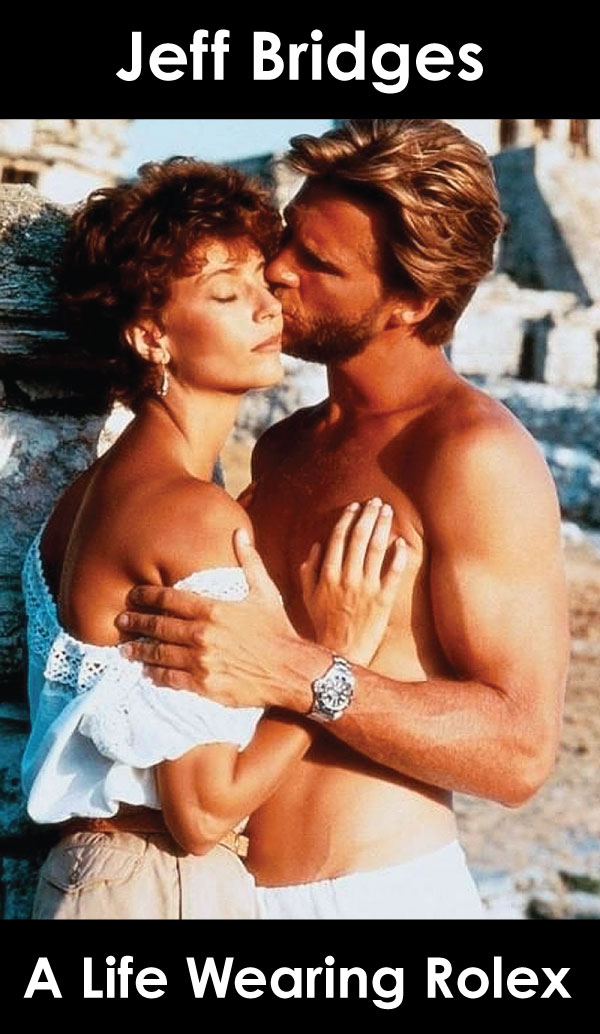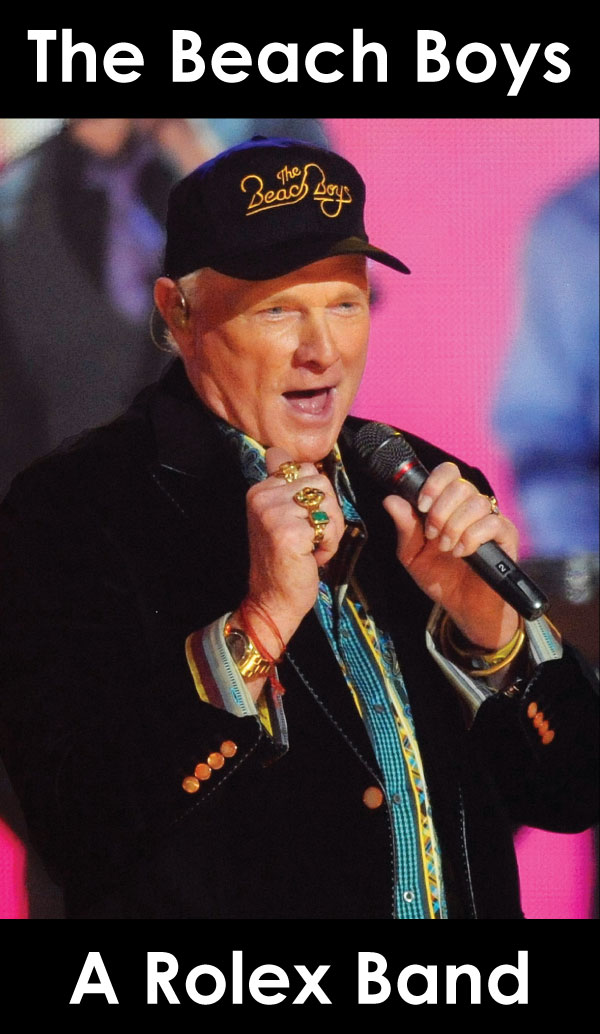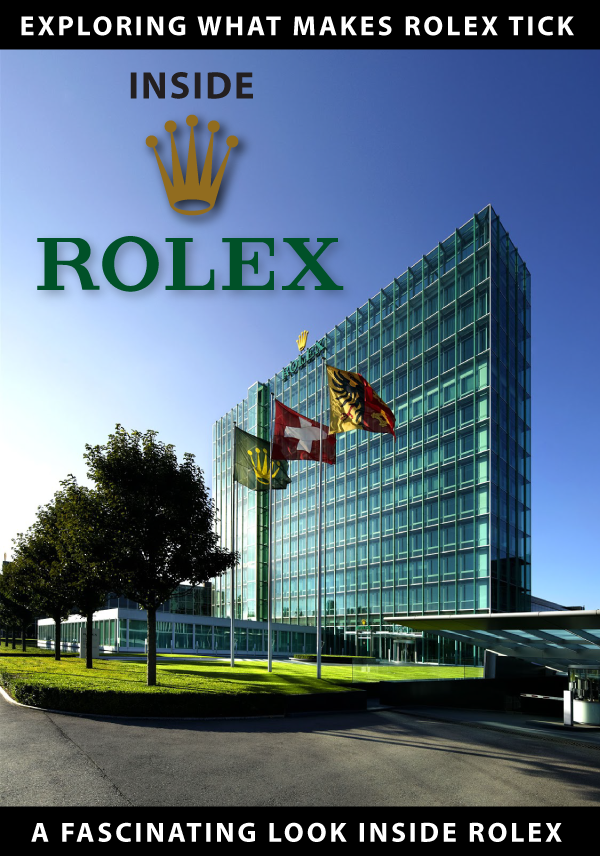Jacques-Yves Cousteau
The Greatest Explorer
[Part 3 of 5]
The Right Stuff & Jacques Cousteau
The Two First Rolex SEA-DWELLERS
At the exact same time, in 1965, as Conshelf III was underway 328 feet below the sea, on the opposite side of the planet, in San Diego, California in the U.S.A., the United States Navy's SEA-LAB 2 project was underway, deep under the sea–with Scott Carpenter leading his team of U.S. Navy Aquanauts.
Scott Carpenter, aboard SEA-LAB 2, located in the Pacific Ocean had a telephone conversation with Jacques Cousteau's younger son, Philippe Cousteau who was aboard Conshelf III, located in the Mediterranean Ocean. Since they were both breathing a mixture of helium and oxygen, the both spoke like Donald-Duck.
The U.S. Navy decided to finally pursue Dr. Bond's ideas because they believed aquanauts living underwater in a zero-gravity-like-environment were very closely simulating the same conditions the NASA astronauts would soon be experiencing in space on their long journey to the moon, and who better to lead the team, than an experienced NASA astronaut and U.S. Navy test pilot, Scott Carpenter.
This is where the nexus I spoke about earlier in the story comes into play regarding the development of the Rolex SEA-DWELLER.
In order to best understand the metamorphosis of the Rolex Submariner into the Rolex SEA-DWELLER we have to examine the career of U.S. Navy test pilot, NASA Astronaut & SEA-LAB Aquanaut, Scott Carpenter.
Scott Carpenter was a U.S. Navy test pilot and was chosen as one of the Original 7 Mercury astronauts back in the late 1950s. Scott Carpenter is pictured below with his fellow Mercury astronauts and Scott is on the far left.
The photo below is the official group portrait of the Original 7 Mercury astronauts and Scott Carpenter is pictured in the bottom right-hand corner.
After Scott Capenter successfully flew his Mecury Mission aboard his Aurora 7 spacecraft, he became obsessed with Jacques Cousteau's amazing career achievements. Scott Carpenter mentioned to me, in a telephone conversation that he was completely blown away with Jacques Cousteau's work and asked NASA for special permission to go and work with Jacques Cousteau if Cousteau would permit him to do so.
NASA approved loaning Scott to Jacques and Scott contacted Jacques and asked him what he thought. Jacques Cousteau said he would love to work with Scott but since Scott did not speak fluent French there would be somewhat of a language barrier.
Then Jacques asked Scott, why he didn't go to work for the U.S. Navy SEA-LAB project which was working on a very similar project? Scott was not aware of the U.S. Navy SEA-LAB project at the time, but took Jacques advice and became a member of the SEA-LAB Aquanaut team.
SEA-LAB was responsible for developing a great deal of new diving technology including modern diving tables. The U.S. Navy SEA-LAB habitat is pictured above in dry-dock.
Scott Carpenter is pictured above as he returns from a dive in California near La Jolla Canyon during the SEA-LAB 2 program in 1965. In the photo below we see Scott Carpenter aboard SEA-LAB 2 and he is wearing his Rolex Submariner, and the other round disc-like device on his watchband is a water temperature gauge which Scott told me was standard issue at the time.
Scott broke the record aboard SEA-LAB 2 for the longest SEA-DWELLER duration. Every day during his month on SEA-LAB 2, Scott would leave the habitat and work underwater. SEA-LAB 2 was positioned in the La Jolla Canyon off the California cost at a depth of 62m or 203 Feet, and the dive began on August 28, 1965.
Unlike SEA-LAB 1 which was located off the coast of Bermuda in 1964, SEA-LAB 2 had hot showers and refrigeration aboard. In the photo below we see Tuffy the dolphin from the U.S. Navy Marine Mammal Program, who delivered supplies to the team aboard SEA-LAB 2 from the surface.
[You can learn more about Scott Carpenter's involvement with the development of the Rolex SEA-DWELLER with SEA-LAB and listen to my podcast interview with Scott by clicking here.]
On Jake's Rolex Watch Blog we learned from the T. Walker Lloyd podcast interview that Rolex had been developing the helium-release valve on the Rolex SEA-DWELLER watch with SEA-LAB, because their divers were experiencing the crystals on their Rolex Submariner's shooting off their watches when they came up for decompression, and thus the helium-gas-release valve was born.
Prior to going to work for Rolex in a 25 year career as a Rolex executive, T. Walker Lloyd was a famous deep-sea diver and Rolex produced this magazine advertisement featuring T. Walker along with a Double-Red SEA-DWELLER.
The COMEX Link
to the Rolex Submariner, SEA-DWELLER & Jacques Cousteau
Until I discovered the link between SEA-LAB and the development of the helium release valve for the Rolex SEA-DWELLER it was believed that SEA-DWELLER owned its genesis to the French Diving Company, COMEX. Here is a COMEX ad for a double-red Rolex SEA-DWELLER.
Henry Germain Delauze
Founder of COMEX
Henry Germain Delauze was born in France in 1929 and went on to found COMEX in 1961. COMEX is the acronym for Compagnie Maritime d’Expertise in Marseille.
Prior to founding COMEX, Henry was a diver for Jacques Cousteau's Calypso team from 1952 to 1955. The photo below of Henry Germain Delauze was taken in 1950.
This next photo of Henry Delauze, founder of COMEX was taken two years after he founded COMEX, in 1963. Jacques Cousteau with the Conshelf Project and Scott Carpenter with SEA-LAB may have pioneered living and working under the sea, but COMEX continued to live, work and dwell in the sea to this day. In many ways, COMEX was the primary beneficiary of the Conshelf and SEA-LAB projects.
I don't know exactly what COMEX's role was in the development of the Rolex Submariner and SEA-DWELLER? T. Walker Lloyd said he believed they originally came to Rolex and said they needed a Rolex Submariner that could go deeper but this still remains a big question mark in my mind.
Rolex produced special COMEX Submariner and SEA-DWELLER watch models that had the COMEX designation on the dial which are highly valued by the Rolex collectible community today because the COMEX models were never available to the public for purchase–and thus they are very rare.
The Rolex Submariner [Reference 5513/5514] pictured below was recently sold by the Antiquorum auction house in Switzerland for $75,000 in U.S. Dollars. This watch is a rarity because it is a Submariner with a helium release valve. This watch was made by Rolex for Comex in 1977.
According to the Antiquorum, Rolex siad the following about Comex models:
"Submariner and Sea-Dweller References used by Comex: 1970-1972/3 Submariner Reference 5513 with HEV (Helium Escape Valve).
• 1972-1978 Submariners Reference 5514 with HEV made for COMEX only.
• 1978-1979 Submariner Reference 1680 without HEV.
• 1977-1980 Sea-Dweller Reference 1665 with HEV.
• 1980-1984 Sea-Dweller sapphire Reference 16660 with HEV.
• 1982-1986 Submariner sapphire Reference 168000 without HEV.
• 1988-1989 Submariner Reference 168000 without HEV.
• 1986-1997 Submariner Reference 16610 without HEV.
• 1992-1997 Sea-Dweller Reference 16600 with HEV and sapphire crystal.
COMEX (COmpaignie Maritime d'EXpertixe)
A French company, specialized in deep sea exploration that made great advances in saturation diving in the 1960's and 1970's. At the time COMEX divers wore Rolex Submariners, reference 5513. There were rated to 200 meters, sufficient for most dives. However, during the 10-day decompression period following saturation dives, the watch crystals would explode due to pressure from helium that had built up in the watch. To rectify the problem, Rolex invented the gas escape valve (Swiss Patent 492246). This simple spring-loaded one-way valve was first fitted to the standard Submariner 5513, which was then given the Reference 5514. Further research led to the first "Sea-Dweller, Submariner 2000", Reference 1665, in 1971."
There is an apparently gaping hole (pun not intended) in Antiquorum's analysis because they don't discuss the Single Red, SEA-LAB SEA-DWELLER [Reference 1665] that was made by Rolex in 1967 (pictured below). According to vintage Rolex dealer, Erik Ku and confirmed by John Goldberger, there are only 5 known examples of the Single Red SEA-LAB SEA-DWELLER.
Notice that the Single Red SEA-LAB SEA-DWELLER has a number of unusual designations on the dial including obviously the red SEA-DWELLER designation, but also it says "Submariner 500M –1650 FT." All other SEA-DWELLERS have the 2000FT designation rating. Also notice on the dial the second text line under "ROLEX" has the word "DATE" larger than "Oyster Perpetual."
Assuming the data table from Antiquorum is correct then the Single Red SEA-LAB SEA-DWELLER predates any COMEX Submariner or SEA-DWELLER. In a conversation I had with leading Rolex expert, James Dowling he confirmed this notion by saying he believed the SEA-DWELLER owed its genesis more to SEA-LAB than COMEX.





























